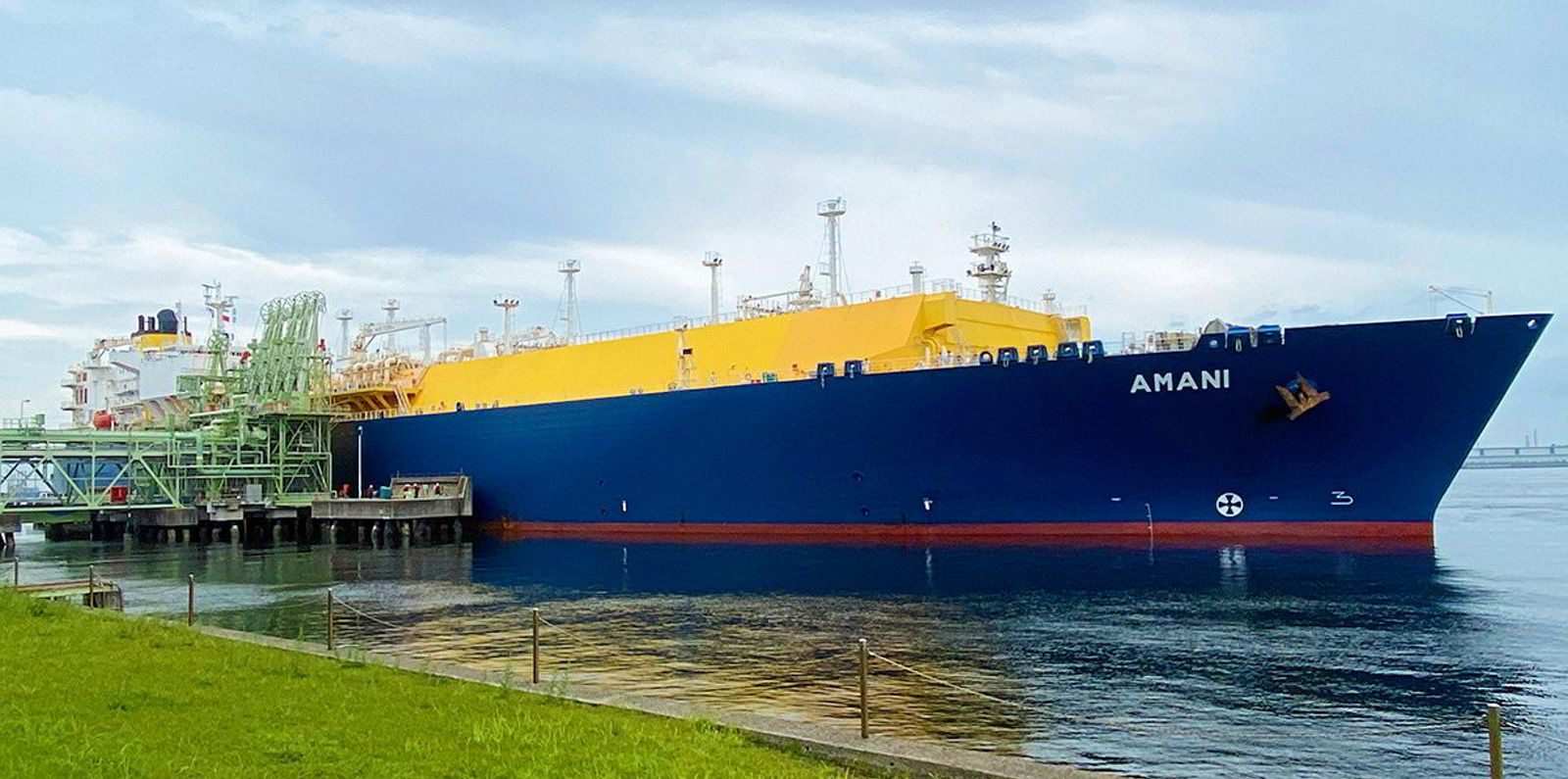Clarksons Research has tweaked its benchmark ClarkSea freight index to reflect growing LNG and chemical carrier fleets.
The UK company's managing director Stephen Gordon said the changes are being made for 2022 to "reflect the changing nature of the world fleet".
The ClarkSea index is weighted across shipping sectors totalling more than 1bn gt and is a powerful barometer of the industry’s health.
Launched 20 years ago, Clarksons has periodically tinkered with the index, which takes representative charter earnings for each of the main individual tanker, bulk carrier, container ship and LPG segments to create a theoretical dollars per day average.
"Like most indices, it has its weaknesses, but in representing 75% of the world fleet by tonnage, being multi-sector in nature and published consistently, we have found it a helpful tracker of overall market position and invaluable for many organisations that operate cross-market," Gordon said.
A growing LNG carrier fleet
Previous changes have included new charter rates and fleet size ratings as individual container ship capacity has increased.
Now, LNG carriers will be included in calculations.
In 2002, when the index began, there were only 127 such ships and a limited charter market. Today, there is a fleet of 681 carriers.
Chemical tankers will also now feature, as well as smaller LPG carriers.
The index thus covers a fleet of 1.2bn gt and about 80% of world tonnage.
Another new feature in recent years has been the inclusion of rates for scrubber-fitted tonnage from 2020.
Clarksons Research said that since then, the theoretical premium for scrubber-fitted VLCCs has averaged $5,300 per day and $2,900 for capesizes.
The UK company said 23% of global ships now operate with exhaust gas cleaners, including more than 40% of VLCCs and capesizes.
This year, the index will in addition capture earnings for eco ships, typically built after 2015, where appropriate.
Eco ships increasingly important
"The number of eco ships in the fleet has been rising steadily in recent years, now accounting for 27% of global fleet tonnage," Gordon said.
Earnings premiums for eco ships vary, but can be notable with eco VLCCs attracting an extra $8,500 per day and capesizes $5,000.
"We typically do not apply any changes to weightings historically, or re-base, but do check that any changes do not create jumps that devalue trend analysis," Gordon added.
He believes the recent changes will have limited effect.
If the tweaks had been applied across 2020 and 2021, the index would have been altered by just $280 per day.
Given their very different dynamics, the ClarkSea index does not cover offshore, cruise, ferry or coastal markets.







